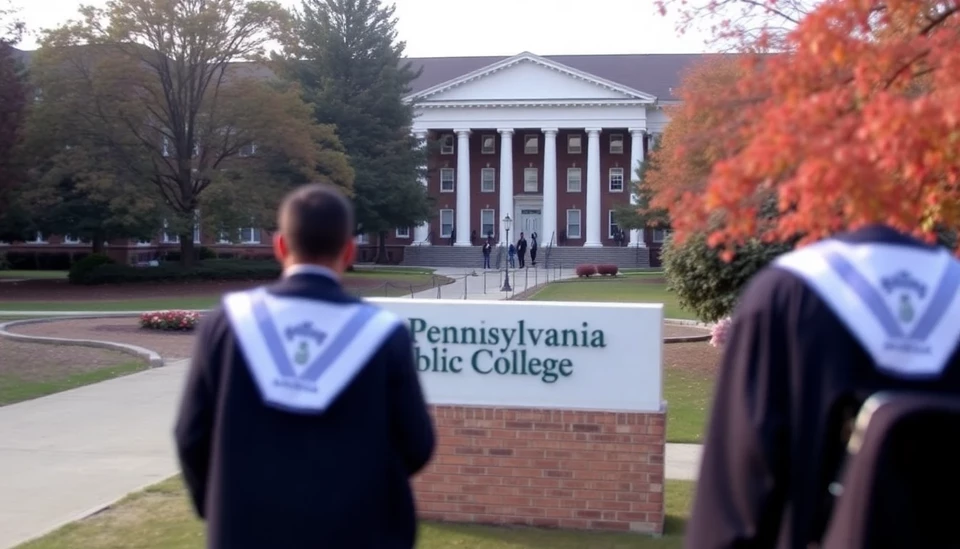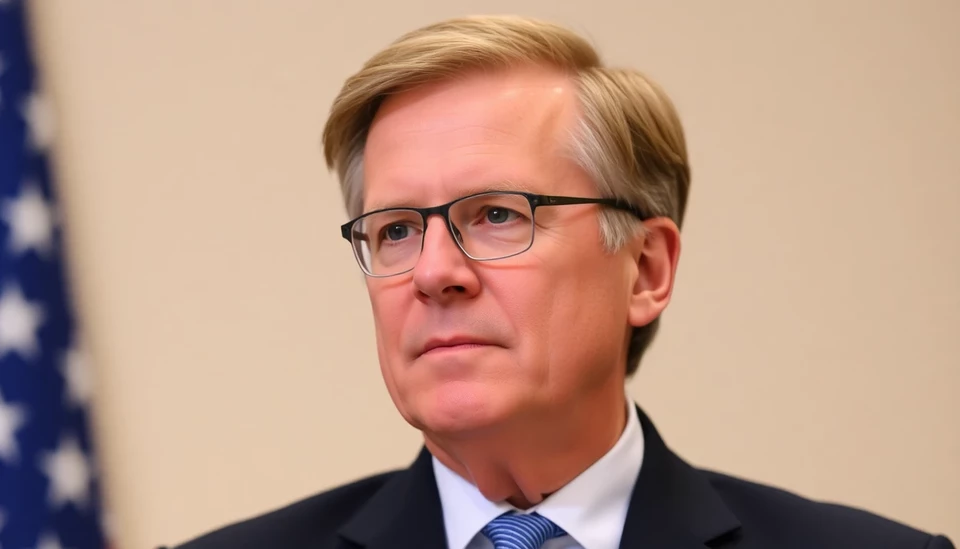
In a significant and sobering development within Pennsylvania's educational landscape, a public college has announced its decision to close one of its campuses due to ongoing financial deficits. This closure not only reflects the challenges faced by institutions in managing budgets amidst fluctuating enrollments and funding but also serves as a foreboding indicator of the larger fiscal struggles that many colleges and universities may face in the coming years.
The college, whose name was not disclosed in initial reports, cited persistent deficits as the primary reason for its drastic decision. Over recent years, many public colleges across the United States have encountered similar financial pressures stemming from decreased enrollment numbers, rising operational costs, and cuts to state funding. This closure marks a notable case within a trend that has seen several institutions unable to sustain their campuses in the face of economic hardship.
Officials highlighted that the closure of this campus will have expansive implications for students, staff, and the surrounding community. Students enrolled at the affected campus may need to transfer to other colleges, which could disrupt their academic trajectories and lead to additional logistical challenges. For staff, the closure signals potential job losses or relocations, further adding to a climate of uncertainty within the institution.
Local government and educational leaders have expressed concern over the closure, emphasizing the essential role that college campuses play in fostering community development and educational opportunity. With fewer public college options available, there is a risk of educational inequity widening, especially for low-income and first-generation college students who may struggle to access alternative institutions.
Throughout the discussions leading to this closure, the college administration has asserted that they are committed to supporting affected students through the transition. This may involve providing resources like counseling and help with transferring credits, though the comprehensive impact on those directly affected remains yet to be fully understood as the situation develops.
As the education sector braces for what could be a series of similar announcements from other institutions facing financial distress, discussions are ongoing about the future of public higher education in Pennsylvania and beyond. Lawmakers will likely face pressure to examine funding structures and enrollment strategies to prevent further closures from undermining educational access.
This closure stands as a stark reminder of the intricate balance that educational institutions must maintain between budgetary constraints and fulfilling their mission to educate and uplift communities.
As reactions to this closure unfold, stakeholders from various sectors, including education, government, and local communities, will be observing the situation closely to gauge its ramifications for the future of public education.
In conclusion, the news of this Pennsylvania public college closing its campus due to ongoing deficits serves as a crucial moment for introspection within the education system, compelling a reevaluation of funding models, enrollment strategies, and community engagement.
#PennsylvaniaCollege #CampusClosure #EducationFunding #HigherEd #BudgetDeficit #StudentSupport #PublicEducation #CommunityImpact
Author: Samuel Brooks




